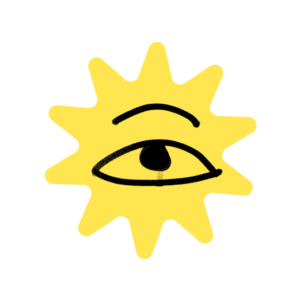Marina Balakrishnan, chef at Ooottupura, gives us a primer on podi.
As told to Roshni Bajaj Sanghvi
Podis are flavour bombs, and make a delicious accompaniment to any rice-based dish.
Growing up in Kerala, I vividly remember eating hot rice or kanji, with chammandi podi and chutta (roasted) pappadam. Even then, it was clear to me that a podi could transform and complete a meal.
Podi literally translates to powder. There are podis galore: milagai podi, kariveppaku podi, nalla karam podi, sambar podi, rasam podi, and more. While some podis are had as an accompaniment to a dish like dosa, idli, or hot rice, other podis like sambar and rasam podi are used while cooking the dish, to add the flavour. For me, a podi is a flavour enhancer to a meal and the flexibility of tweaking one to your liking is what makes it so magical.
Each podi has something special in it. Nalla karam is a traditional podi from Andhra Pradesh, and it’s had with idli or dosa, as well as with rice. Made with urad dal, curry leaves, coriander seeds, and chillies, the name literally means ‘spicy black powder’.
Over time, growing up, I was exposed to other podis, like the milagaipodi, which my grandmother introduced me to, on one of our yearly holiday trips to Chennai. But I’ve always had a particular affinity for the nadan Kerala chammandi podi since I was a child. It’s a podi that is ground to a medium-soft consistency with dry-roasted coconut and chillies. The deliciousness that it imparts to a meal is unforgettable, and my nostalgia for it has made it a comfort food in my home.

According to Sangam literature (ancient Tamil texts), the concept of podi originates in southern India. It was popularised by the Vijayanagara Dynasty, a South Indian royal family that became prominent around 1336 AD to 1646 or 1676 AD. This empire finds its origins along the banks of the Tungabhadra river in present-day Karnataka, from where it eventually spread across the entire Deccan region. Podi-eating culture is hence popular in Tamil Nadu, Karnataka, Andhra Pradesh, and Telangana.
A drizzle of ghee or sesame oil in combination with the podi works deliciously. The fat is added to calm down the fire of spices. Gunpowder or milagaipodi is hugely popular in southern India. What makes this podi ‘gunpowder’ is the use of a lot of dried chillies. It’s hugely versatile and is used as a sprinkle in many snack items, especially idlis and dosas. This delicious and versatile condiment has been used in many ways by chefs.
Today I’m sharing my all-time favourite gunpowder and chammandi podi recipes with you.

Gunpowder Recipe (also known as milagaipodi or karam podi)
Ingredients
25 gms white or black sesame seeds
200 gms chana dal
200 gms udad dal
5 gms of rock hing
35 gms Kashmiri or byadgi chilli
15 gms guntur chilli, or to taste
5 gms jaggery
Mota namak (rock salt), to taste
Oil
Method
– Heat a pan on low to medium flame.
– Roast each of the ingredients (except the jaggery) until they are toasty and aromatic and set them aside until they cool down
– In a completely dry chutney jar of a mixer, grind each of the ingredients separately, and then mix them in a bowl with a dry spatula.
– Store in an airtight jar, in a cool and dry place.

Kerala Naadan Chammandi podi Recipe
Ingredients
2 1/2 cups freshly grated coconut
10 to 15 dried red chillies
60 gms udad dal
A big pinch of hing
A small lemon-sized ball of tamarind
2 sprigs of curry Leaves
Salt to taste
Method
– Heat a kadhai or pan on low to medium flame.
– Dry roast the grated coconut and urad dal together until they’re light brown in colour.
– Add the dried red chillies, tamarind, and hing to the pan. Stir continuously while roasting to make sure they cook evenly.
Keep roasting the contents of the pan until the coconut becomes deep brown. This takes about 30 to 45 minutes.
– Tip the contents of the pan onto a plate and let them cool slightly.
– Add the roasted ingredients to the chutney jar of a mixer, and grind them into a coarse powder with salt. Tip them back out into a plate.
– After cooling the chammandi podi for an hour or two, store it in an airtight container or glass bottle.


